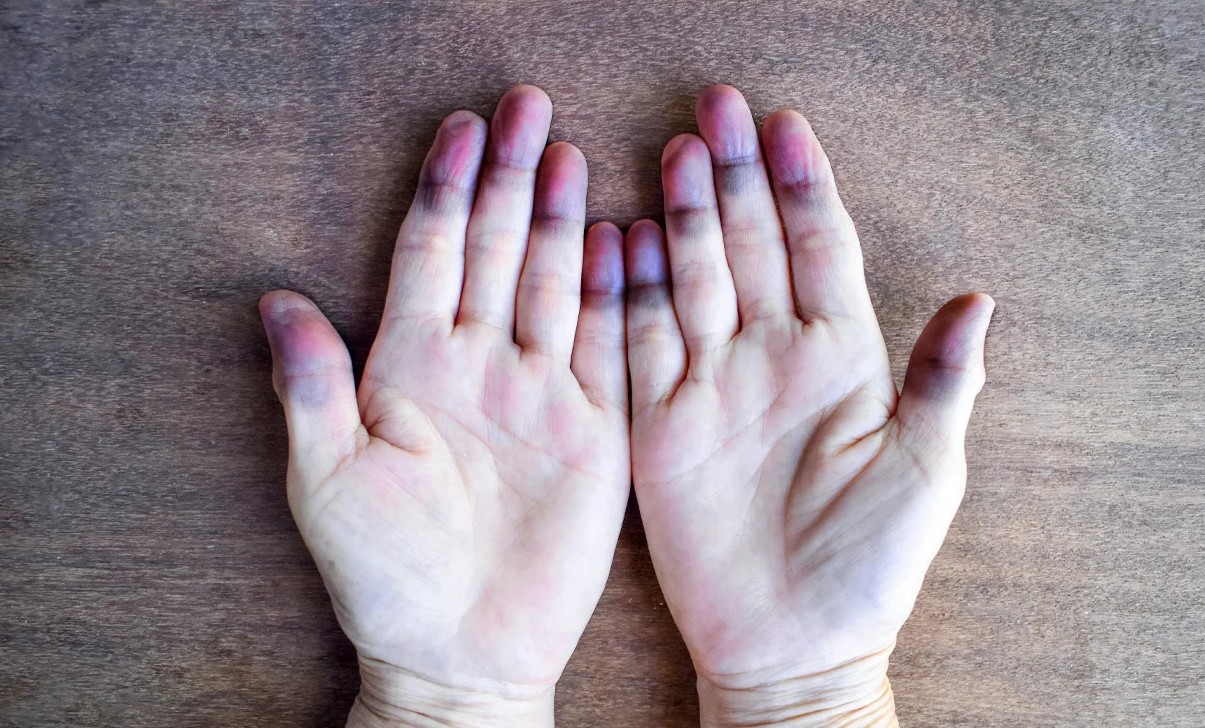
Raynaud's disease can be a puzzling condition, especially when your fingers or toes suddenly turn white or blue in response to cold or stress. But what exactly is Raynaud's disease? In simple terms, it's a disorder that affects blood flow to certain parts of your body—usually your fingers and toes. When exposed to cold or stress, the small arteries that supply blood to your skin constrict excessively, limiting blood supply. This can cause your skin to change color and feel numb or painful. Understanding Raynaud's is crucial for managing symptoms and improving quality of life. Let's dive into 27 intriguing facts about this condition to help you get a clearer picture.
What is Raynaud's Disease?
Raynaud's Disease is a condition affecting blood flow to certain parts of the body, usually the fingers and toes. When exposed to cold or stress, the blood vessels in these areas constrict excessively, leading to color changes, numbness, and pain. Here are some intriguing facts about this condition.
-
Raynaud's Disease is named after Maurice Raynaud, a French doctor who first described the condition in 1862.
-
There are two types: Primary Raynaud's, which occurs on its own, and Secondary Raynaud's, which is associated with other diseases.
-
Primary Raynaud's is more common and generally less severe than Secondary Raynaud's.
-
Women are more likely to develop Raynaud's Disease than men.
-
The condition is more prevalent in colder climates.
Symptoms and Triggers
Understanding the symptoms and what triggers Raynaud's can help manage the condition better. Here are some key points.
-
Common symptoms include cold fingers or toes, color changes in the skin, and a prickly or stinging feeling upon warming or stress relief.
-
The affected areas usually turn white first, then blue, and finally red as blood flow returns.
-
Stress and anxiety can trigger Raynaud's attacks, not just cold temperatures.
-
Smoking can worsen symptoms by constricting blood vessels.
-
Caffeine may also trigger symptoms due to its vasoconstrictive properties.
Diagnosis and Treatment
Diagnosing Raynaud's involves a combination of medical history, physical exams, and sometimes specific tests. Treatment focuses on managing symptoms and preventing complications.
-
A common diagnostic test is the nailfold capillaroscopy, which examines the small blood vessels near the fingernails.
-
Blood tests may be conducted to rule out other conditions associated with Secondary Raynaud's.
-
Calcium channel blockers are often prescribed to help dilate blood vessels and improve blood flow.
-
In severe cases, surgical procedures like sympathectomy may be considered to reduce symptoms.
-
Lifestyle changes, such as wearing warm gloves and socks, can significantly help manage the condition.
Impact on Daily Life
Raynaud's can affect daily activities, but understanding its impact can help individuals adapt and maintain a good quality of life.
-
Simple tasks like typing or holding a cold drink can become challenging during an attack.
-
People with Raynaud's often need to plan their activities around the weather to avoid exposure to cold.
-
Emotional stress management techniques, such as meditation and deep breathing exercises, can reduce the frequency of attacks.
-
Regular exercise can improve overall circulation and reduce symptoms.
-
Some people find that biofeedback, a technique that teaches control over bodily functions, helps manage Raynaud's.
Interesting Facts
Here are some lesser-known but fascinating facts about Raynaud's Disease.
-
Raynaud's can affect other parts of the body, including the nose, lips, ears, and even nipples.
-
The condition is sometimes referred to as "white finger" or "dead finger" due to the color changes.
-
Raynaud's is more common in people with a family history of the condition.
-
Secondary Raynaud's is often associated with autoimmune diseases like lupus and scleroderma.
-
Some medications, such as beta-blockers and certain chemotherapy drugs, can trigger Raynaud's symptoms.
-
Raynaud's can sometimes be confused with frostbite due to similar symptoms.
-
Although there is no cure, many people with Raynaud's manage their symptoms effectively with lifestyle changes and medication.
Final Thoughts on Raynaud's
Raynaud's is more than just cold fingers. It affects millions worldwide, causing discomfort and sometimes serious complications. Knowing the symptoms and triggers can help manage this condition better. Simple lifestyle changes like wearing warm gloves, avoiding stress, and steering clear of smoking can make a big difference. If you notice persistent symptoms, consult a healthcare professional for advice and treatment options.
Understanding Raynaud's can empower those affected to take control of their health. Awareness and education are key to managing this condition effectively. Stay informed, stay warm, and don't hesitate to seek help when needed. With the right approach, living with Raynaud's can become much more manageable.
Thanks for sticking around and learning about this condition. Stay curious and keep exploring more facts about health and wellness.
Was this page helpful?
Our commitment to delivering trustworthy and engaging content is at the heart of what we do. Each fact on our site is contributed by real users like you, bringing a wealth of diverse insights and information. To ensure the highest standards of accuracy and reliability, our dedicated editors meticulously review each submission. This process guarantees that the facts we share are not only fascinating but also credible. Trust in our commitment to quality and authenticity as you explore and learn with us.
